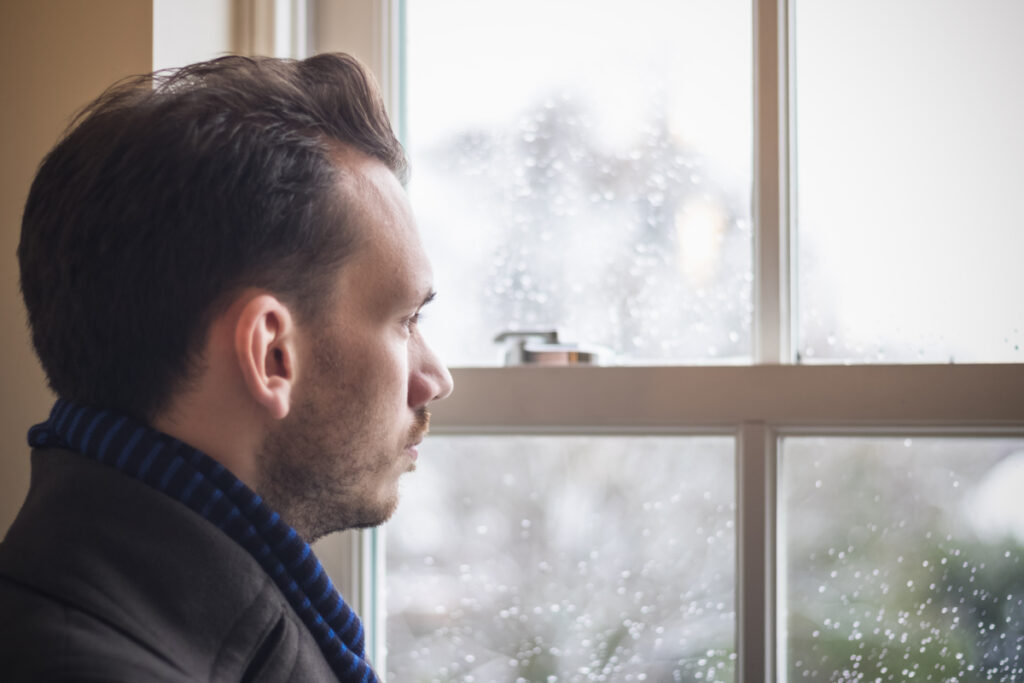Mental Health
When And How to Get Help for Mental Health
When we trip and fall, we take care to keep our bruises safe and avoid the hazards that might’ve contributed to our injury. When we seriously hurt ourselves, we call for emergency help and seek out a medical professional… and when we are struggling internally, it’s important to know when and how to get help…
Read MoreHow Does Bipolar Disorder Affect Daily Life?
Bipolar disorder affects an estimated four percent of adults in the US alone, and millions more worldwide. Yet despite its prevalence, bipolar disorder continues to be one of the most misunderstood mental health conditions, and one of the most heavily stigmatized. For example, for those who don’t have the disorder, they may be wondering, “How…
Read MoreWhat Are the Types of Depression?
Depressive disorders, or mood disorders, are the second most common type of mental health diagnosis after anxiety disorders, affecting an estimated 8.4 percent of adults and 17 percent of adolescents. But what exactly defines depression? What are the types of depression? And how does it develop in people? For starters, depression has grown in prevalence over time,…
Read MoreTreatment for Trauma: 7 Types
Traumatic experiences are an unfortunately common part of life. It is estimated that at least half of all people will experience one or more traumatic events, and many among them will experience several. On the other hand, Post-traumatic stress disorder (PTSD), another type of mental health disorder, is a bit rarer, occurring in only about 3.6…
Read MoreLuxury Treatment Center for Co-Occurring Mental Disorders
Substance use disorder affects an estimated 59 million Americans and countless families. Studies also show, about half the people struggling with a mental health disorder also have a substance use disorder. Yet, despite how pervasive and overwhelming it can be, both are ultimately treatable. However, treatment is not always readily available. Only an estimated 18.5 percent…
Read More3 Ways Anxiety Leads to Substance Misuse
Anxiety disorders are the most commonly diagnosed mental health issues in the world. These include conditions such as obsessive-compulsive disorder (OCD), post-traumatic stress disorder (PTSD), generalized anxiety, and social phobia. It is estimated that about 19.1 percent of all adults and 31.9 percent of all adolescents struggle with a form of anxiety in the United…
Read MoreHow Narcissism and Alcoholism Are Connected
Narcissism is a personality trait sometimes associated with overwhelming selfishness, and sometimes linked to a diagnosable personality disorder called Narcissistic Personality Disorder (NPD). While most mental health diagnoses are often linked with a risk of drug use (called co-occurring disorders), narcissism and alcoholism, in particular, may have a stronger than average link, whether as a personality trait…
Read MoreBipolar Disorder and Depression: What’s the Difference?
Almost 10 percent of Americans struggle with mood disorders like bipolar disorder and depression. These are conditions that primarily affect a person’s mood, which is their general emotional state over a period of time. Wherein something like anger would be a specific emotion, a mood can be understood as a baseline of feeling over time.…
Read More7 Tips for Coping with Social Anxiety Disorder
Social anxiety disorder is one of the more common forms of anxiety, affecting an estimated 12 percent of adults throughout their lifetime. Among people with a form of social anxiety, as many as one-third (29.9 percent) experience serious impairment. Unlike introversion, social anxiety is a disabling condition that can cripple a person’s ability to communicate and interact with others,…
Read MoreHow a Luxury Rehab Center Can Benefit You
Treating an addiction takes time. While we have made considerable progress in addressing and treating substance use disorder through both psychiatric treatment and medication, there is still no “cure” for an addiction. For the most part, long-term recovery is as much about relearning how to commit yourself to sobriety and develop your own personalized toolkit…
Read More









